Aviation Week & Space Technology Roundup
June 08, 2020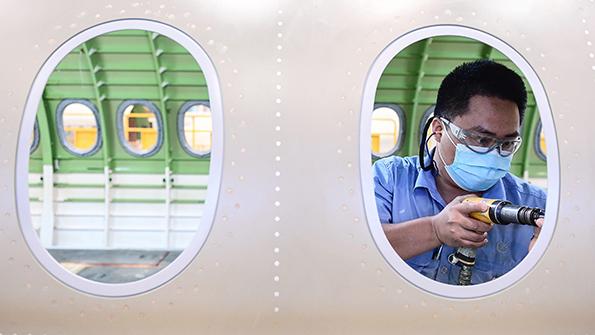
Opinion: Why COVID-19 Should Have Aircraft Suppliers Very Worried
Credit: STR/AFP/Getty Images
COVID-19 is the biggest crisis of the jetliner era, and attention is justifiably focused on air traffic, airline viability and production rates—with jetliner unit output likely to plummet 40-50% over the next two years. However, lurking beneath the surface are enormous supply chain risks that extend well beyond supplier viability and attrition. What are these risks?
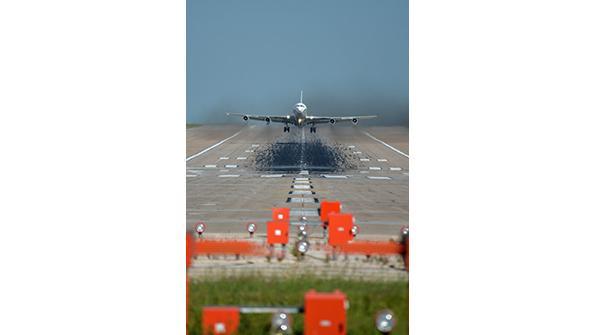
Opinion: Why The U.S. Should Exit Open Skies Treaty
Credit: Buying aircraft to replace the aging OC-135 aircraft could cost up to $200 million. Credit: U.S. Air Force
The Trump administration’s decision comes after months of careful review and consultation.
Read the first half of our point-counterpoint on Open Skies.

Opinion: Do Not Give Up Open Skies Leadership
Credit: OC-135 aircraft reconnaissance missions can be planned within a day—making it difficult for Russia to hide events from observation. Credit: U.S. Air Force
Using aircraft under the Open Skies Treaty can make Russia’s military movements difficult to hide or fake.
Read the second half of our point-counterpoint on Open Skies.
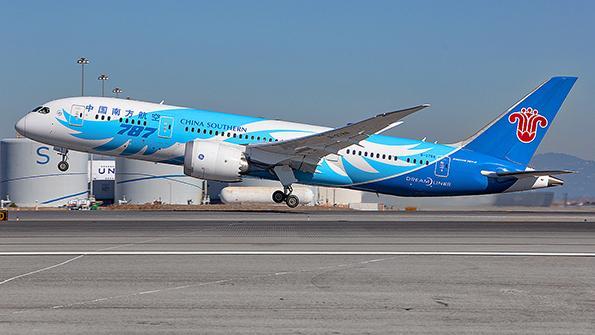
Is U.S. A&D Sector At Risk Of Chinese Investors Flooding In?
Credit: Joepriesaviation.net
Does Western aerospace and defense need to be better protected against Chinese investment? Should Washington directly invest in the U.S. defense industrial base? Does anyone know how a nationally reliable, albeit not centrally planned A&D marketplace works? So far, on the year-plus journey to a “trusted capital marketplace,” the questions seem to outnumber the answers exponentially.
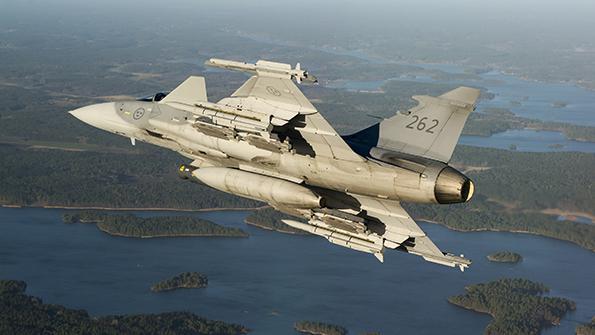
Technology Boosts Western Air-To-Air Missile Supremacy
Credit: Since its introduction on the Gripen, the MBDA Meteor is now operational on the Eurofighter Typhoon and the Dassault Rafale. Integration for the F-35 is ongoing. Credit: Stefan Kalm/Saab
Technology is rapidly shaping new generations of Western air-to-air missiles, as the need to outrange adversary weapons grows.

Beijing Taking Air-To-Air Missile Lead From Russia
Credit: The PL-15 is equipping China’s high-end fighters, including the J-10, J-16 and the stealthy J-20 platforms. Credit: TurboSquid
China is reaping rewards from investment in air-to-air missiles, exports are beginning to follow.

Australian Radar Performance Expected To Leap After Jindalee Upgrade
Credit: A receiving array of one of the three Jindalee radars in the Australian Outback. Credit: BAE Systems
Billed as an upgrade, the work by BAE Systems on Australia’s three over-the-horizon radars actually amounts to rebuilding the sensor system, addressing parts obsolescence while providing a jump in performance.
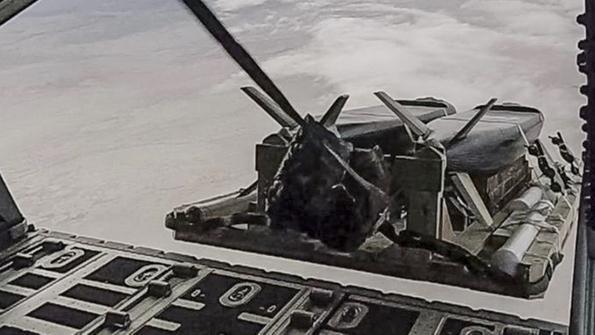
U.S. Air Force 'Arsenal Plane' Revival Sparks Intense Debate
Credit: An MC-130J successfully air-dropped a Cleaver munition during a January test on a Utah test range. Credit: U.S. Air Force
An "Arsenal Plane" has rapidly emerged as a short-term priority for the U.S. Air Force, but an internal debate continues over the type of aircraft to use, potentially affecting the service’s existing command structure and the Northrop Grumman B-21 program.
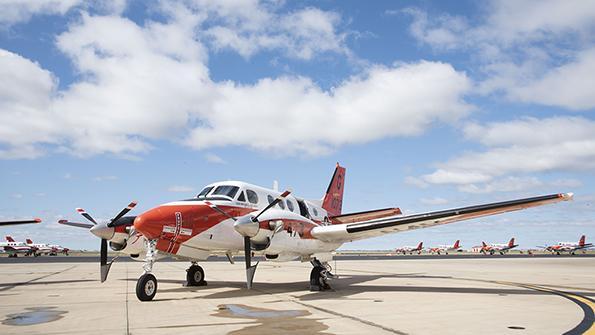
The Week In Defense
Credit: The U.S. Navy plans to buy 50 aircraft to replace its aging fleet of Beechcraft T-44s. Credit: U.S. Navy
U.S. Navy’s training system search; Finland seeks export OK for fighters; an Army SHORAD slowdown; and satellite sensor design advances.
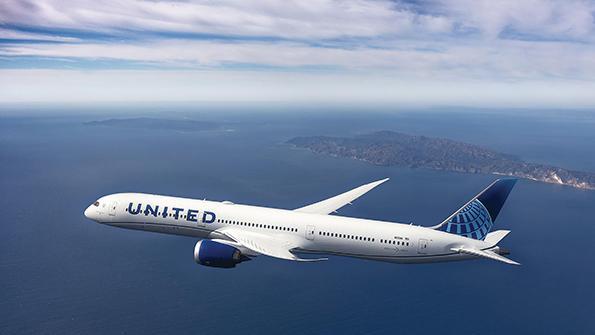
United Airlines Eyes International Demand Uptick
Credit: United’s expanded international schedule includes a significant amount of Boeing 787 flying. Credit: United Airlines
United Airlines has no plans to retreat from its traditionally strong international presence even if the post-pandemic demand rebound is slow, and its latest schedule update underscores its determination to steadily rebuild a broad global network.
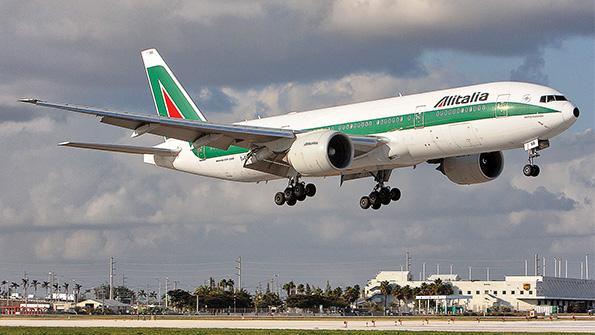
Alitalia Has Its Work Cut Out For Post COVID-19 Relaunch
Credit: Alitalia is resuming flights after widespread groundings. Credit: Joepriesaviation.net
Newly nationalized Alitalia will have to navigate an even tougher air transport landscape than before the coronavirus crisis.
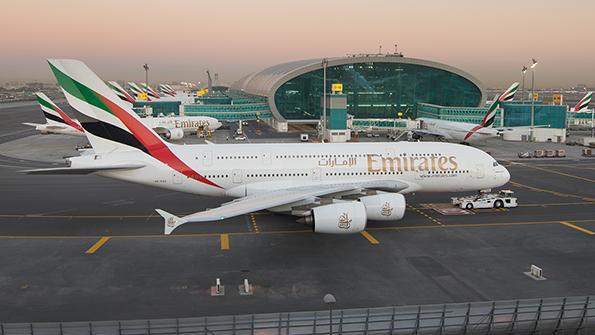
Emirates Sees Major Benefits In Tying Up With Big U.S. Airline
Credit: Emirates hopes a tie-up with a big U.S. airline could bolster its Dubai hub. Credit: Dubai Airports
The relationship between U.S. airlines and Gulf carriers has been hostile for years. Emirates’ launch of a fifth-freedom Airbus A380 service from Milan to New York in October 2013 led American Airlines, Delta Air Lines and United Airlines to launch a massive PR campaign about alleged unfair government subsidies for Etihad Airways, Qatar Airways and Emirates and request the U.S. government to intervene. The biggest of the three Gulf carriers is open to new bilateral partnerships.
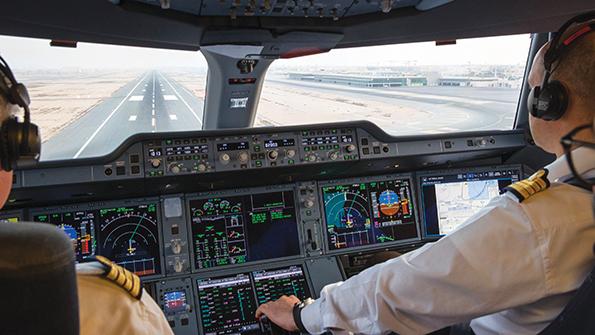
Europe’s GPS Augmentation System Aims At Category II Approaches
Credit: An increasing number of aircraft types, such as the Airbus A350 (shown), include EGNOS receivers for satellite-based navigation. Credit: Airbus
The contracts that the European Space Agency recently awarded for upgrades to the European Geostationary Navigation Overlay Service (EGNOS, a GPS augmentation system) are another sign of the EU’s consistent move toward satellite-based navigation for commercial aviation.

Supply Chain Due For Overhaul After COVID-19, One Way Or Another
Credit: Production has restarted across aerospace manufacturing after COVID-19 outbreaks, and inventory is another pressure point to manage. Credit: Airbus
Suppliers have more questions than answers as already announced production cuts must become reality, and even more could be revealed.
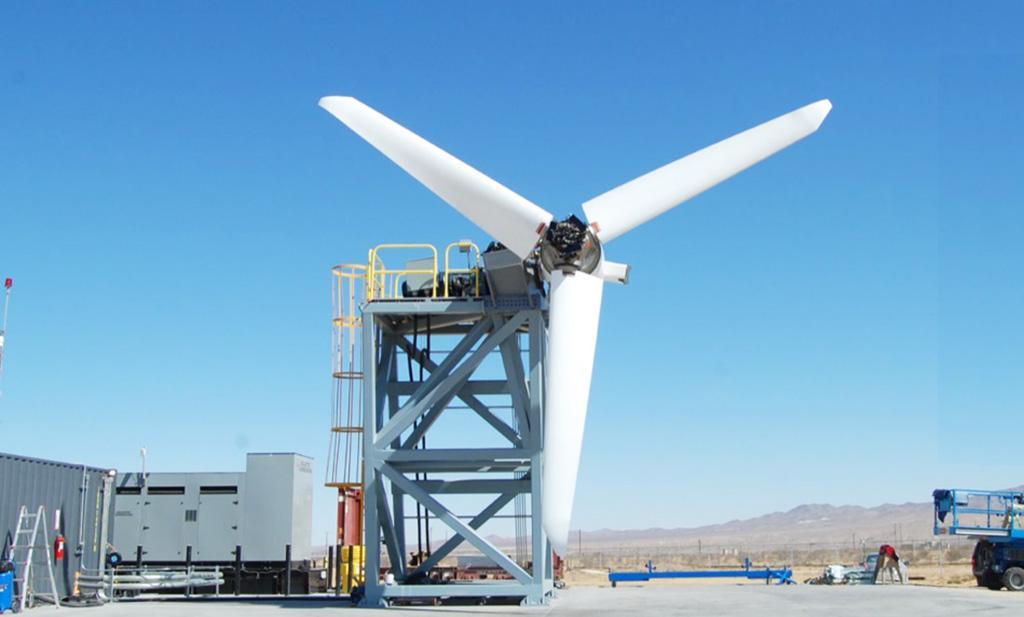
The Week In Technology
Credit: Karem has ground-tested a full-scale, 36-ft.-dia. variable-speed proprotor with individual blade control. Credit: Karem Aircraft
Karem tests OSTR rotor; Danes want electrofuels; DARPA/ONR try again on VTOL; active flow control; Scotland tests drone delivery.
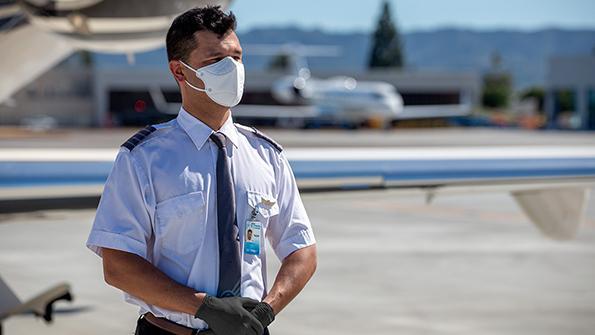
Flight Paths Forward: The Future Of Business And General Aviation
Credit: Charter operators are emphasizing health checks and cleaning programs to keep crews and staff safe while helping passengers feel comfortable. Credit: Silver Air
Business and general aviation have seen downturns more than once before. As private flying shows the first signs of recovery from the blow struck by COVID-19, many in the industry think this time around could be different.
From opposing views on U.S. decisions over the Open Skies treaty, air-to-air missile analysis, commerical aviation and supply chain's future and more. A roundup of Aviation Week & Space Technology content.
AW&ST subscribers can log in to read the full length articles.